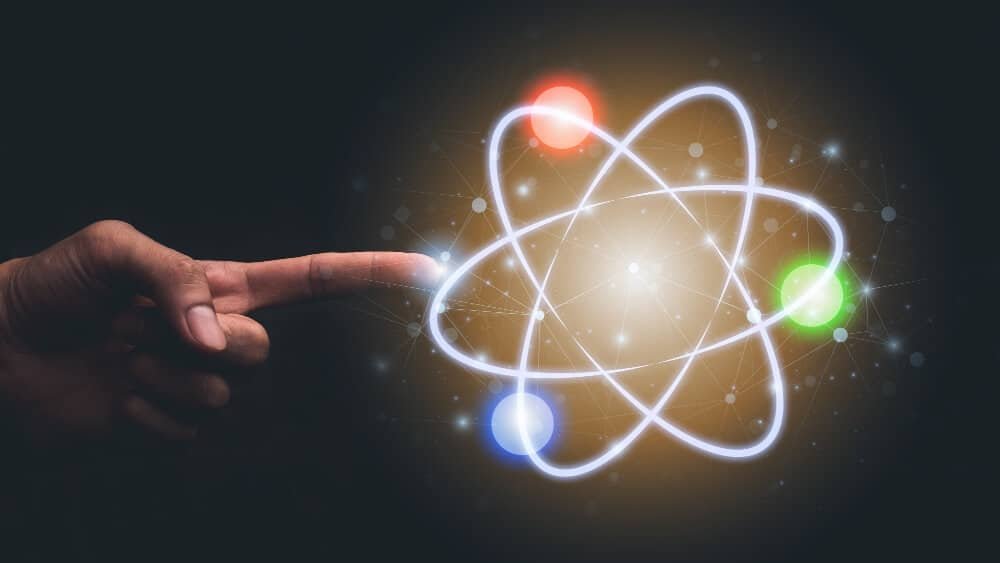A lab report helps student’s secure good grades for their examinations as marks are added as part of practical paper other than theoretical paper. It is an opportunity for students to show that they have understood the theoretical aspect of their learning.
Moreover, according to me, it is a very good practice as it helps students to put their thoughts across about the science they have learned. This is very specific in case of physics as this subject involves learning and understanding in the practical aspects of life around us.
As a student, here are some of the hacks that I had tried while deriving the correct lab conclusion for my physics assignment.
Here we shall discuss, 9 excellent ways to put pen to paper a good lab conclusion in physics.
What we write in our reports is true account of what students have done for given experiment. It is like a diary having detailed information about a given topic. Thus, whoever is reading your diary or notebook should have a clear understanding as to what is written in the report.
In this way, if a student has made an amazing discovery then others will get to know about it, and they will praise and encourage students to carry on with their lab experiments even more.
- Introduction:
To write a good conclusion, students should first write a good conclusion. A good conclusion without a meaningless introduction serves no purpose. An introduction discusses relevant theory and problem that is to be studied for a given experiment. Usually, a short introduction of one paragraph is enough to make people understand aims and objectives of experiment.
A good introduction should have a proper goal andbackground reason for which experiment is conducted.
- Flowchart:
This part of a lab report should not take more than a page or so. A good flowchart helps to catch attention of readers and this explains detailed information of an assignment in brief in the form of a diagram, this is a “pictorial†representation of steps, that researcher shall be taking to complete the given research.
- Data Collection:
Collection of data is a scientific method that researchers take into consideration for completion of given experiment. In this section, researchers explain from where he has collected the data and the samples of data collected. From this section, information pertaining tosample and size is known.
- Observations:
In addition to data that is collected by students, he or she should also focus on observations made by them. Observations that the researcher makes should be noted down carefully as this would determine conclusions that are drawn from observations.
Observations should also contain details relating to why this observation was made and what are the reasons that made samples react in that manner. For example, if a student has conducted a research on the VIBGYOR colors of rainbow and the reasons for the same, then every detail of the observations should be noted down.
- Calculations:
In this step, all necessary calculations and formulas should be applied. This is particularly applicable in case of physics where it becomes important to apply formulas to draw a conclusion from it.
- Data Recap:
In this step, the data is again stated by the researcher so that same may be related easily to observations and calculations made earlier. Thus, in this step of labreport, the researcher states data once again and applies the same to the given observations and calculations.
- Results:
In this step, the researcher specifies each and every result or outcome that researcher has drawn from the given research. This is not be mistaken with conclusion as results are never interpretative in nature, it simply states what researcher has found out of the given experiment.
- Analysis of the results:
In this step, researcher analyses the results that he obtained from experiment. This means that researcher, in this stage, conducts and analyses every outcome of his results. The reason is also stated by researcher as to why a given result from the given experiment.
- Conclusion and Recommendation:
Finally, researchers undertake and writethe conclusion. Conclusion means summing of the entire research and outcome in short. This means that the researcher has the responsibility to briefly explain both the steps and the outcome in short. Based on the conclusion, the researcher also has the liberty to make suggestions and recommendations to future researchers.
As a student, it is important to ensure that whenever you are dealing with lab conclusion reports and such other scientific derivations, it is imperative that you maintain precision. Accuracy and correct format are two of the most important facets that have to be considered while dealing with such lab reports.
Therefore, if the above-mentioned stepsare followed appropriately, then an excellent conclusion may be written for a lab report in physics. The steps are mandatory and depending on the nature of research, steps may differ, however researchers should try their level best to comply with given steps in a research.

